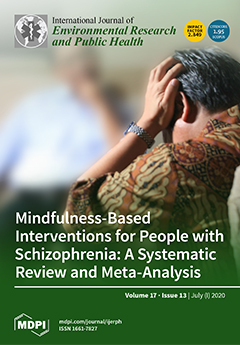Background: Due to the importance of energy efficiency and economy in endurance performance, it is important to know the influence of different paddling cadences on these variables in the stand-up paddleboarding (SUP). The purpose of this study was to determine the effect of paddling at different cadences on the energy efficiency, economy, and physiological variables of international SUP race competitors.
Methods: Ten male paddlers (age 28.8 ± 11.0 years; height 175.4 ± 5.1 m; body mass 74.2 ± 9.4 kg) participating in international tests carried out two test sessions. In the first one, an incremental exercise test was conducted to assess maximal oxygen uptake and peak power output (PPO). On the second day, they underwent 3 trials of 8 min each at 75% of PPO reached in the first test session. Three cadences were carried out in different trials randomly assigned between 45–55 and 65 strokes-min
−1 (spm). Heart rate (HR), blood lactate, perceived sense of exertion (RPE), gross efficiency, economy, and oxygen uptake (VO
2) were measured in the middle (4-min) and the end (8-min) of each trial.
Results: Economy (45.3 ± 5.7 KJ·l
−1 at 45 spm vs. 38.1 ± 5.3 KJ·l
−1 at 65 spm;
p = 0.010) and gross efficiency (13.4 ± 2.3% at 45 spm vs. 11.0 ± 1.6% at 65 spm;
p = 0.012) was higher during de 45 spm condition than 65 spm in the 8-min. Respiratory exchange ratio (RER) presented a lower value at 4-min than at 8-min in 55 spm (4-min, 0.950 ± 0.065 vs. 8-min, 0.964 ± 0.053) and 65 spm cadences (4-min, 0.951 ± 0.030 vs. 8-min, 0.992 ± 0.047;
p < 0.05). VO
2, HR, lactate, and RPE were lower (
p < 0.05) at 45 spm (VO
2, 34.4 ± 6.0 mL·kg
−1·min
−1; HR, 161.2 ± 16.4 beats·min
−1; lactate, 3.5 ± 1.0 mmol·l
−1; RPE, 6.0 ± 2.1) than at 55 spm (VO
2, 38.6 ± 5.2 mL·kg
−1·min
−1; HR, 168.1 ± 15.1 beats·min
−1; lactate, 4.2 ± 1.2 mmol·l
−1; RPE, 6.9 ± 1.4) and 65 spm (VO
2, 38.7 ± 5.9 mL·kg
−1·min
−1; HR, 170.7 ± 13.0 beats·min
−1; 5.3 ± 1.8 mmol·l
−1; RPE, 7.6 ± 1.4) at 8-min. Moreover, lactate and RPE at 65 spm was greater than 55 spm (
p < 0.05) at 8-min.
Conclusion: International male SUP paddlers were most efficient and economical when paddling at 45 spm vs. 55 or 65 spm, confirmed by lower RPE values, which may likely translate to faster paddling speed and greater endurance.
Full article





